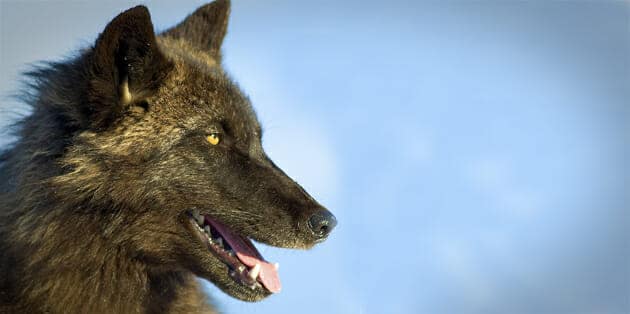
Whenever I meet another seasoned nature and wildlife filmmaker, the conversation invariably evolves into our favorite moments that we’ve experienced out in the field.
When I was first trying to learn wildlife filmmaking my conversations almost always revolved around camera gear. What’s the best camera for filming wildlife, how to find wildlife, what filters should I use etc. Now don’t get me wrong, I still love to talk about gear and will be happy to talk about the merits of carbon fiber tripods versus aluminum tripods any day.
For the most part, filming nature and wildlife is a solo experience. Unless you’re on a crew doing some type of commercial shoot, most of the time you’re the only one there that ever gets to see the gifts that nature sets out for us every day.
Since today is Worldwide Howl at the Moon Night, I’d thought I’d share with you one of these gifts that I was fortunate to have unwrap in front of me.
Wildlife Filmmaking Tip 1: Arrive At Your Destination Early
Yellowstone is one of my favorite places to visit. For over thirty years I’ve hiked the trails,marveled at the thermal features and been blessed to have many incredible wildlife encounters.
In the warmer months, the sun rises early and swiftly climbs high into the sky. Usually by 10:00 the sun is so high that the light is over too harsh to film and get decent footage. Because Yellowstone is so big I often find myself out on the road long before most people even think about getting up. I’m often fond of saying that I get more work done before most people even get up. By the time you’re having your breakfast, I’m already packing up gear and getting ready to call it a day until late afternoon when the magic hour light returns.
This particular day was no different. Up and on the road by three in the morning I arrived at my destination, Lamar Valley before the first tinges of dawn shown on the Eastern horizon.
I’ve found that I often like to arrive at a destination early and have time to absorb the surroundings and take it all in. There’s nothing I hate worse than trying to race the sun to get that first light on a landscape.
There are several turnouts along the road in Lamar Valley and I passed one where wolf watchers often hang out to search for wolves with their spotting scopes and opted for one a little farther down the road.
I’m not sure why I passed the main wolf watching turnout. I guess when you think about it, it doesn’t make sense to not stop at the location where most people spot wolves in the valley. I’ve often said I have some kind of unspoken connection with the natural world and for whatever reason, I was being called to travel a little further down the road than I normally would.
I set up my tripod, attached my video camera and just sat on the side of the road enjoying the tranquility as dawn slowly tried to overtake the night.
The silence was soon shattered by an incredible chorus of yipping and barking. The sudden outburst actually startled me it was so loud and close. Just over the hill across the road from where I had set up, a pack of coyotes were letting me know that something incredible was going to happen very soon.
At the time I didn’t understand what the excitement was all about. Were they returning from a night of hunting? Was this joyful song? I didn’t know enough about coyote behavior to understand that the pack was sounding the alarm. Something was wrong. Something was seriously wrong. And then, as suddenly as it started, it stopped.
The silence was different now. I could feel the tension in it. The air was thick and heavy and it just felt that something wasn’t right. I held my breath and I waited for something to happen but all was silent.
Eventually I realized that the sun had now risen over the valley and off in the distance a herd of bison were just beginning their day of doing whatever bison do which usually includes a lot of grazing and just lying around.
The bison were on the far side of the valley. Really too far for filming purposes. So I just sat and enjoyed just being out in nature and letting the warmth of the sun take away that last of the nights chill that had creeping into my hands and feet.
Have you watched the video tip I did on how to take create more unexpected wildlife opportunities to film? I certainly would have done things differently now but back then I was still kind of green as a wildlife filmmaker.
Wildlife Filmmaking Tip#2: Don’t EVER Walk Away From Your Camera!
I can’t recall now what the reason was, but I decided to walk away from my camera for a moment. I bet you’re thinking right about now that was a big mistake. If you are, then you’d be right. Whenever your goal is filming wildlife, you should never be more than an arm’s length away from your camera. Wherever you go, so should your video camera. It’s inevitable that the moment your camera is out of reach, something incredible is going to happen. This was no exception.
As quickly as it had stopped, the vocalizations from the coyotes started again. I turned towards the sound which sounded even close to me now. It was right about then that our eyes locked. Standing right in the road not more than two car lengths away stood an adult grey wolf. Instantly the air was sucked out of my lungs as we both stood just a few yards apart. In just a few seconds it seemed that the wolf and I communicated volumes through our eyes in just fractions of a second. I knew that the wolf understood that there was nothing to fear from this human standing before them.
Although I called myself some choice names for not having my camera handy, I knew to retrieve it now would break the magic and the moment would forever be gone. I wanted time to stand still for as long as possible to take in every detail, every smell, every sound that I could. So I kept my feet planted and though how fortunate I was to receive such a gift from nature.
Eventually, it was the wolf that broke eye contact and looked over towards the hill from where the coyotes were still barking and yipping excitedly.
It was then that the fog of ignorance finally lifted and I realized what had transpired.
Wildlife Filmmaking Tip 3: Learn From Every Experience In The Field!
This lone wolf had either accidentally or knowingly come across a coyote den just on the other side of the hill. This is what cause the coyotes to sound the alarm. It all made sense now. Even though I hadn’t seen it all unfold, I had heard it happening and I smiled to myself for being so lucky to have been here to experience it.
As the lone black wolf looked away, I reached out for my camera and turned it towards the remarkable animal.
Without a hint of fear or urgency, the wolf walked across the remainder of the road and set off across the valley towards the herd of bison.
But that wasn’t good enough for the coyote. Now until the wolf was reintroduced to Yellowstone, the coyote was the top canine predator. 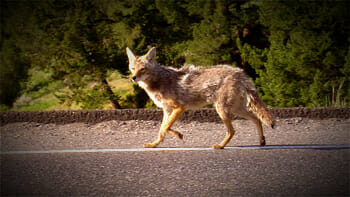 Once wolves were returned to their native habitat, coyotes had to once again always be looking over their shoulder. Wolves will kill a coyote whenever they have the chance. There’s even been records of wolves trying to dig out a coyote den to try to get to the pups. So when a wolf stumbles upon a coyote den, its serious business for the coyotes. In fact, it’s often a matter of life and death.
Once wolves were returned to their native habitat, coyotes had to once again always be looking over their shoulder. Wolves will kill a coyote whenever they have the chance. There’s even been records of wolves trying to dig out a coyote den to try to get to the pups. So when a wolf stumbles upon a coyote den, its serious business for the coyotes. In fact, it’s often a matter of life and death.
These coyotes wanted to make sure that they impressed upon the wolf that it and its kind were in no way whatsoever welcome near their den and suddenly three coyotes rocketed over the hill hell-bent on delivering that message to the wolf personally.
I wasn’t sure what was going to happen when the two species met. I’m not sure the wolf knew either and really didn’t want to find out. Instantly shifting into high gear, the wolf kicked in the afterburners and flew across the valley towards the herd of bison with the coyotes in high pursuit.
Once again, being green at filming wildlife I had watched all these events unfold with no thought of hitting the red button to capture everything on video. My wildlife cinematographer brain was kicking me six ways to Sunday while my heart was like Flounder in the movie “Animal House going “Oh boy, is this great!”
Wildlife Filmmaking Tip 4 Film Those Once In A Lifetime Moments Regardless of How Poor The Footage May Be!
The video below is what transpired once I finally had sense to hit the record button.
Some of the highlights to watch for:
* Bison go on high alert. Watch a bison leap a creek to get to its young calf before the wolf does.
* The wolf slows its pace but when it realizes it’s still being pursued, kicks in the afterburner.
* One of the coyotes comes very close to catching the wolf until it realizes that it has outpaced its two companions and is quickly about to enter a one on one with the wolf. Watch as it puts on the brakes and waits for the other two to catch up.
* Finally watch as the wolf realizes this chase could go on for a while and goes all in to quickly put distance between itself and the coyotes.
* Watch how much ground this wolf actually covers in a short amount of time.
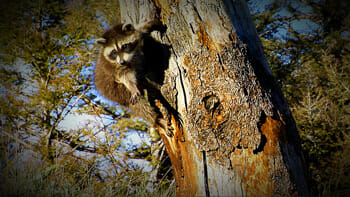 I’m going to try something new. I’m going to ask you to please share this post or this video with your friends on Facebook and or Twitter. My goal with this site has always been to share my passion for filming wildlife and nature and I want to share these experiences with as many people as possible. It’s my hope that if I can share my love for filming nature and wildlife that visitors to this site will be more open to saving the still natural areas on our remarkable planet and the amazing creatures that live in these areas.
I’m going to try something new. I’m going to ask you to please share this post or this video with your friends on Facebook and or Twitter. My goal with this site has always been to share my passion for filming wildlife and nature and I want to share these experiences with as many people as possible. It’s my hope that if I can share my love for filming nature and wildlife that visitors to this site will be more open to saving the still natural areas on our remarkable planet and the amazing creatures that live in these areas.
So hit the “Like” button and share this with your friends. I’ve never seen coyotes chasing a wolf in all the years I’ve spent filming nature and wildlife. It certainly was a once in a lifetime experience.
I’d love to hear about your amazing experiences with nature and wildlife too! Shoot me an email or post your experience in the comment section below.
As nature and wildlife filmmakers we seldom have someone to share these experiences as they occur. I think it takes someone with a real love of nature and wildlife to truly appreciate them. I can’t tell you how many times I’ve come home super excited about something that happened in the field, sharing the story with my wife only to have her say “Uh huh, that’s nice dear. What are we having for supper?”
So now’s your chance. Hit the “Like” button, watch the video and then share your story with us. I know I’d love to hear it!
Thanks for taking the time to read this post!
And as always, shoot the ordinary and make it extraordinary!


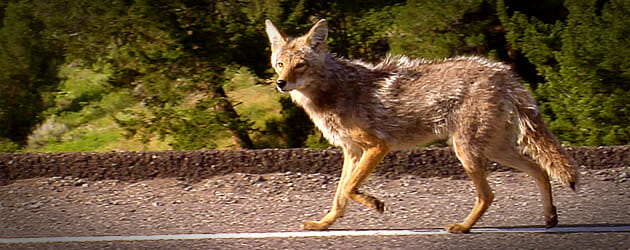
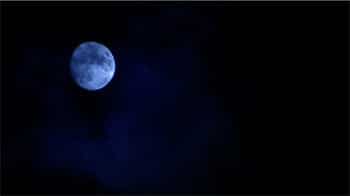
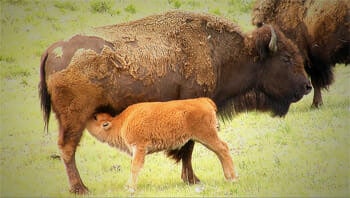

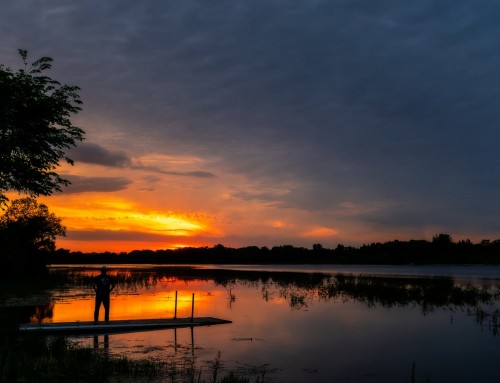
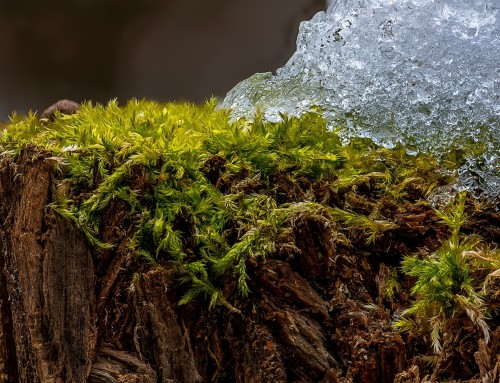

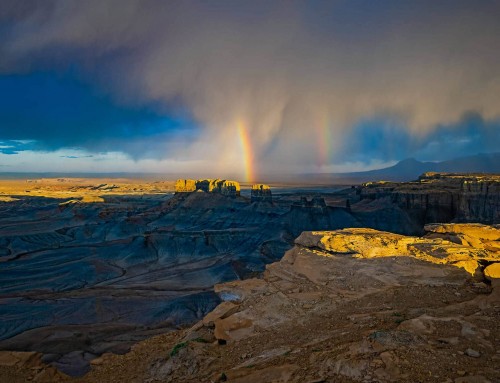
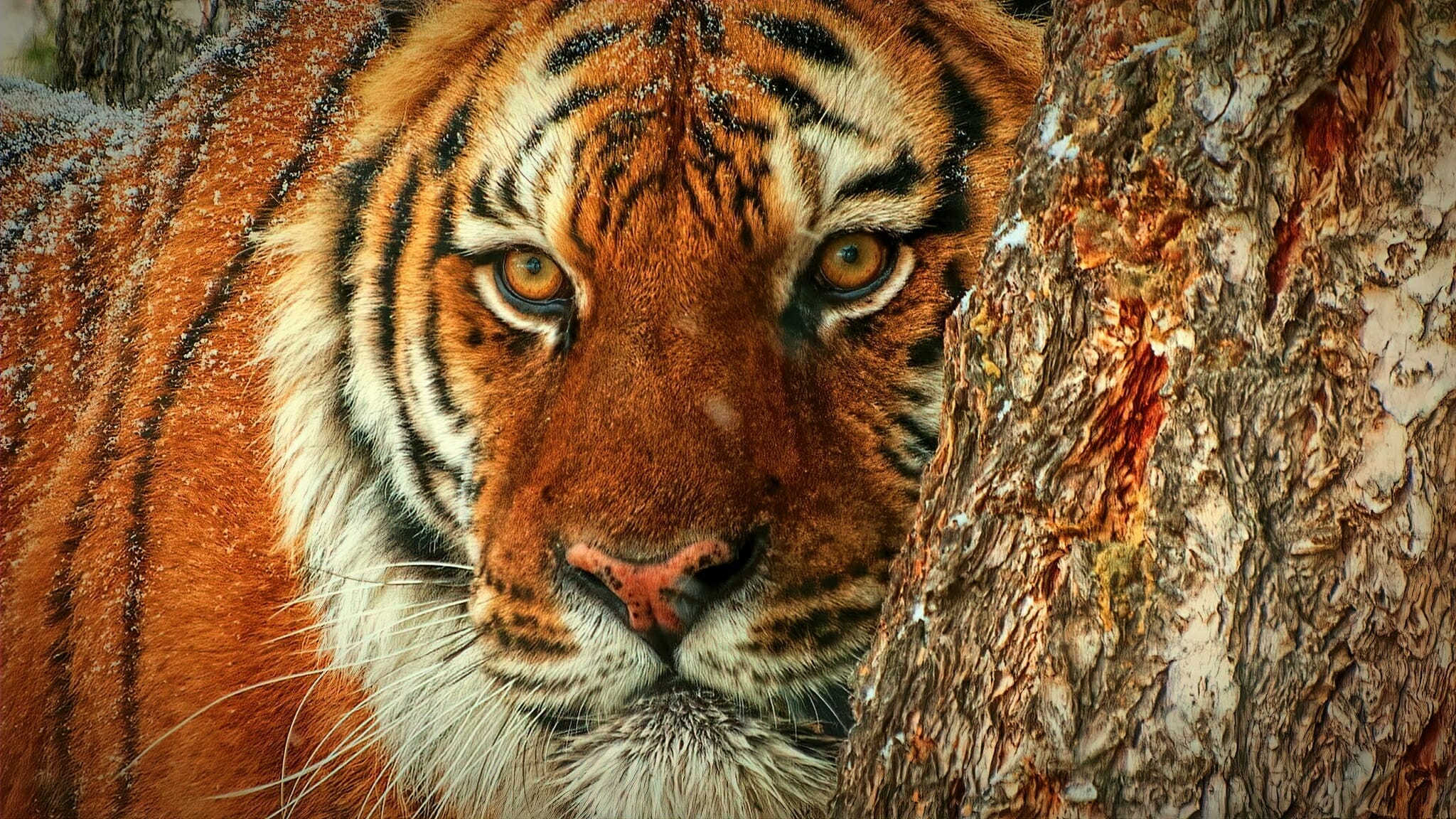
Leave A Comment
You must be logged in to post a comment.